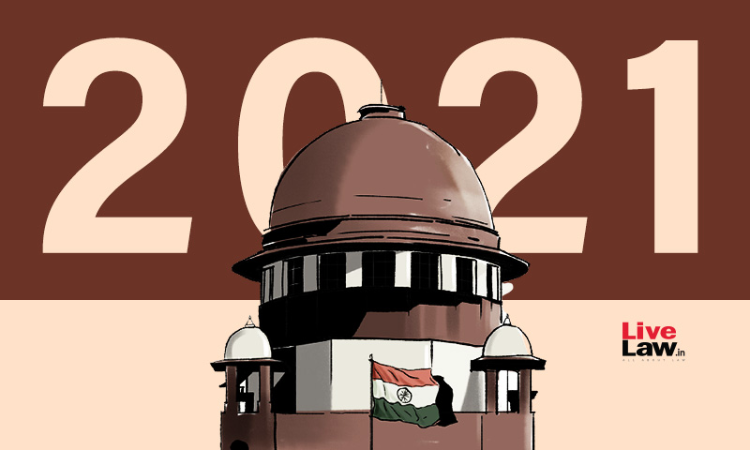Next Story
25 Dec 2021 7:04 PM IST
One of the highlights of the year for the Judiciary as an institution has been the recommendation of 9 judges to the Supreme Court of India. The Supreme Court Collegium recommendation, coming in after a year and a half, paved the way for the elevation of 9 high court judges and practicing lawyers as judges of the Apex Court. Apart from the record-high number of recommendations- the highest so...

